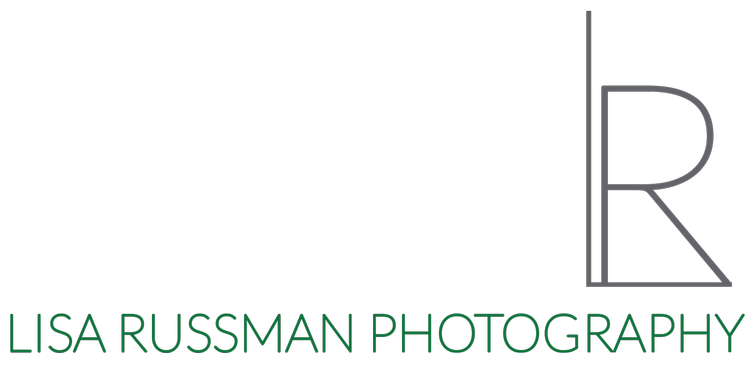This is Part 1 of my Planning Ahead series that take on topics for creatives to consider in the time of COVID-19, and to provide insights on how to be prepared once we can safely step back into collaborative work.
A SAFE WAY FORWARD
There has been a great deal of helpful material written about how to get along as creatives during these uncertain times. Some of my interior designer clients have managed to pivot into virtual consultation mode and retained (or gained) clients, some of my architect clients have a few projects slowly moving forward, and others have ground to a halt. For now.
If you haven’t done so already, lean on the professional organizations you belong to, or join now. I’m a professional member of ASMP, the American Society of Media Photographers, and it has been a supportive community in this time of crisis. There are so many topical live webinars and town halls covering economic relief options and changing business issues during this period.
I watched an ASMP webinar this week that simulated a product shoot between a photographer, an art director, and the hypothetical client (in this scenario, that was the viewer) to show how to effectively use zoom to conduct a shoot. What became immediately clear is that since I am not a product photographer, working virtually with my client would not be so straightforward. I can’t receive a contact-free shipment containing products to my studio for a shoot – I’m usually in a residence or sometimes a commercial space, conducting hands-on styling with my clients in close proximity. Still, I wonder, are there any scenarios when I could conduct interiors shoots now, or soon, using safety protocols and technology? And perhaps more importantly, if that’s not realistic, should I have my own policies in place for safety and cleanliness on set, and work out a new way of collaborating, so I’m ready when we can cautiously go back to work? The answer is yes, and here are some takeaways for everyone to consider.
1. Photographers need to get their zoom game on. We all know by now how to be on a zoom call, but photographers need to be totally ready for a virtual photoshoot and have all the wrinkles ironed out in advance. This means being ready to share their screen with both a client and a stylist, to show their captures in Capture One (or Lightroom) using live video. There are many details to work out in advance so the shoot is seamless for the client: the best way to share shots with the client and how many in process shots to share, the best audio set up so the client can hear the photographer when her/she moves away from the microphone, whether there is a need for a wifi hotspot or a different wireless tethering device so lo res jpgs can be sent to a client for review, and so on. For photographers, I’m going to be polishing this up from home in the coming weeks and will create a downloadable PDF that goes step by step through the process. I would suggest that anyone embarking on a virtual photoshoot do a trial demo first, in advance, so everyone is comfortable with the set-up.
2. Photographers should call the shots about who is on set. Whether in a studio or on location, the photographer needs to call the shots on who is allowed on set, who touches what, and how the client and stylist interact. Photographers conducting shoots right now are not hiring their usual crew, but typically have one assistant or digital tech to help. Each person is assigned to their piece of equipment, wearing masks, gloves and social distancing, and that doesn’t ever change throughout the shoot. For example, the photographer conducting the simulated ASMP shoot was near the product and was the only one touching it and the camera. His hypothetical assistant would be stationed at a distance, and the only one touching the computer. Another consideration, if the client wants to be on site, is to have her sit in another room, looking at the shots wirelessly transferred onto an iPad.
3. Follow an established cleaning protocol. Create guidelines for the number of times per hour hands are washed and/or sterilized with hand sanitizer. Wipe all things down routinely and often.
4. Situational awareness. Always have situational awareness of who is on set and where they are located. Everyone wears masks and socially distances.
5. Create your own coronavirus policy for your clients and post it on your website. This is for everyone to do. Interior designers can let clients know their policy for consults and installs. Architects can inform clients on ways to have virtual meetings and how they will conduct safe site visits. Contractors can explain where they can work and how they will conduct their work. Stylists can outline how they can make online purchases and have zoom selection meetings with clients, instead of having to go to stores. Photographers can outline their protocols for conducting safe shoots, cancellation policies, and so forth.
6. Be prepared for budget, timing and reduced numbers of captures. I know that I will be including an assistant for my shoots whenever it is that we all go back to shooting interiors. The extra set of hands will help us all stay safe on set. The addition of an assistant will add to the budget, as will other potential costs associated with the new conditions. In addition, the process is bound to take longer, so we should be prepared that a shoot will likely produce fewer final captures.
7. Empathy, togetherness and patience. We are all going to need these things to support one another through this when technology crashes, props don’t arrive, or things take longer than expected. We’ll get through it! It will just be nice to be working, and to be working together.
Collaborating in days gone by with Karin Eckerson Interiors

